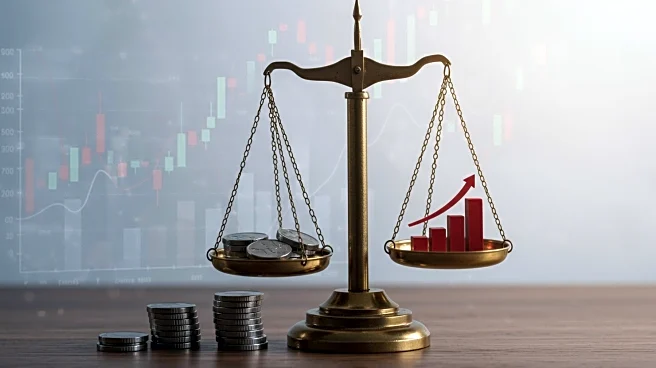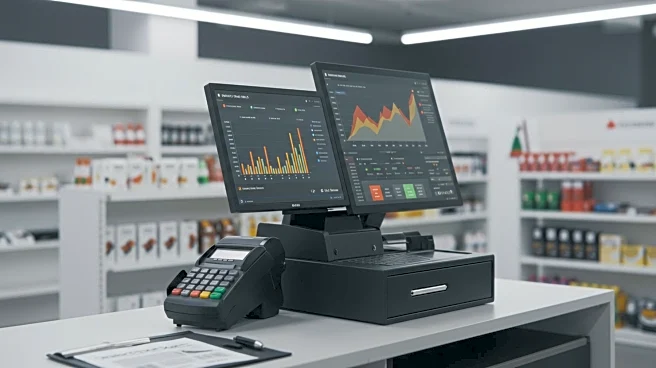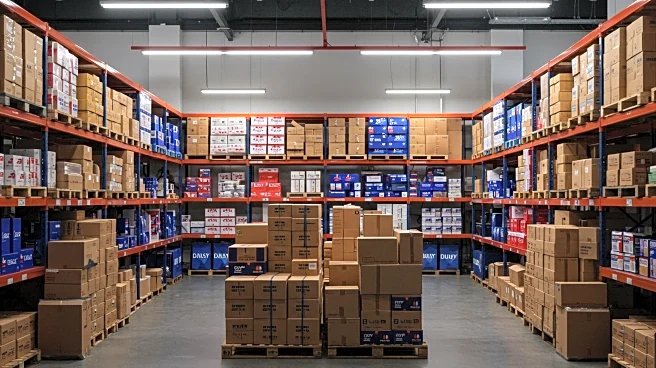What is the story about?
What's Happening?
Economists are predicting that the U.S. will soon experience a surge in consumer prices due to tariffs imposed by President Trump. Despite initial fears, inflation has remained relatively low since Trump took office, partly due to companies stockpiling non-tariffed goods and absorbing costs. However, as these stockpiles deplete, companies are expected to pass on the increased costs to consumers. The average effective tariff rate has risen to 18.6%, the highest since 1934, potentially costing households an additional $2,400 annually. Retailers and automakers have already reported significant losses due to tariffs, and price increases are anticipated in various sectors, including apparel and automobiles.
Why It's Important?
The anticipated price increases could have significant implications for U.S. consumers and the economy. As tariffs drive up costs, consumers may face higher prices for everyday goods, impacting household budgets and spending habits. Retailers and manufacturers may struggle to maintain profit margins, potentially leading to job cuts or reduced investment. The broader economic impact could include slowed consumer spending, affecting GDP growth. Additionally, the situation may influence public opinion and political discourse around trade policies and economic management, particularly as the effects become more pronounced.
What's Next?
As stockpiles of non-tariffed goods run out, companies will likely begin raising prices, affecting consumers gradually across different product categories. Economists suggest that the impact will be felt unevenly, with some sectors experiencing price hikes sooner than others. Retailers may continue to absorb costs temporarily to retain market share, but this strategy is unsustainable long-term. The situation may prompt discussions among policymakers and industry leaders about potential adjustments to trade policies or strategies to mitigate consumer impact.
AI Generated Content
Do you find this article useful?











